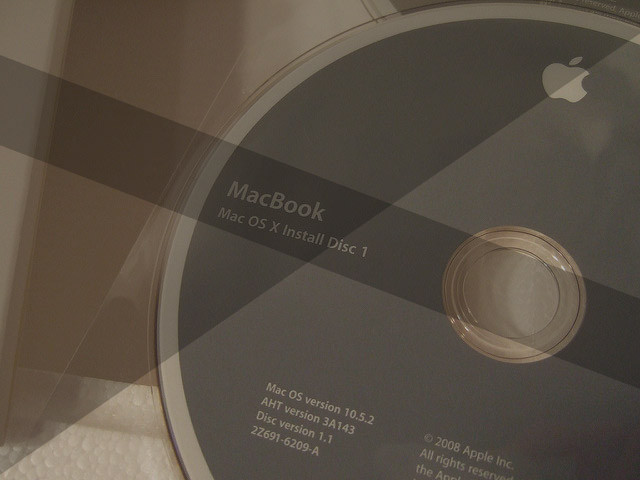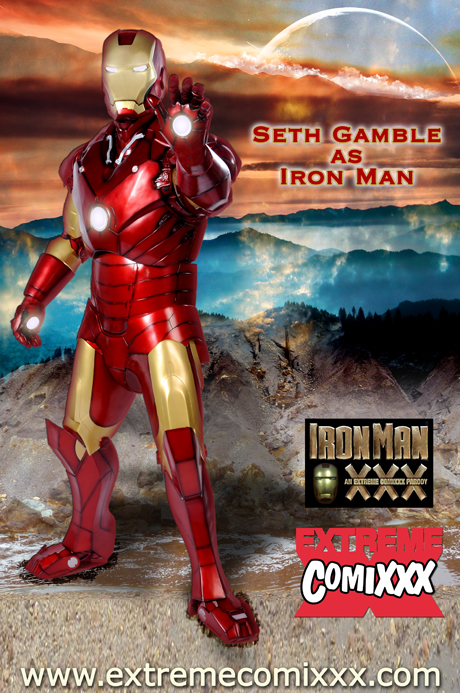Preparing Mac Device for the Installation of Mac OS X El Capitan. Both Mavericks and Yosemite are easier to download and install on Mac devices, however, this is not the case with Mac OS X El Capitan. The El Capitan installer is downloaded to the /Applications folder, with the file name 'Install OS X El Capitan.' If you've installed El Capitan and want to create a bootable installer, re-download the installer from Apple.
- As explained here, OS X 10.11 'El Capitan' fails to install because it is too old (the technical reason being that the signing certificate is no longer valid). But you can trick the OS X installer into thinking that it is 2017 and it will happily run without any errors.
- El Capitan Installer is the post version to the Yosemite, and it was built by adding up more improvements to the Yosemite. In this version of the Mac operating system, the Apple Inc. Has focused on the performance, stability, and security of the computer. Anyone who is interested can download it on the Mac PC.
- The name of the installer is 'Install OS X El Capitan'. It's an application, with the extension.app I suggest that you download the El Capitan installer again. Use the steps on this page Notice that you should get a file named 'InstallMacOSX.dmg' When you open that file, you will get a folder with an installer file, named InstallMacOSX.pkg.
- I am trying to upgrade an older iMac (2008) from OS 10.6.8 to El Capitan for a disabled client who really needs to use a Mac instead of a PC!
- EveryMac says it can handle El Capitan if I upgrade RAM. It has 4GB now.
- I have an Installer file from my own Mac (always keep them when I upgrade). I made a bootable flash installer that mounts and seems to have the proper files, but it won't show up on either Mac on restart holding option key; nor in the Startup Disk list. So, I figured writing to the flash drive must have failed.
- I partitioned an external hard drive and redid this:
'sudo /Applications/Install OS X El Capitan.app/Contents/Resources/createinstallmedia --volume /Volumes/MyVolume --applicationpath /Applications/Install OS X El Capitan.app'
- It seems to work (again) in Finder AND it shows up as a boot option on restart (holding option key), but when I select Install OS X I get an error that the installer cannot be verified. I can't get it to work.
- So, I figured my installer must have gone bad, even though I successfully upgraded my own Mac with it, and have since upgraded mine to Sierra.
- Using the App Store I can get to El Capitan, but it will not allow me to download it on my Mac because the system is too new, and I don't want to download it to the old Mac because I want to use an external drive to do a clean install; not an upgrade on the old one.
- Any advice?
IMAC (RETINA 5K, 27-INCH, LATE 2015), macOS Sierra (10.12.3)
Posted on Feb 28, 2017 9:53 PM
Upgrading to El Capitan
You can upgrade to El Capitan from Lion or directly from Snow Leopard. El Capitan can be downloaded from the Mac App Store for FREE.
Upgrading to El Capitan
To upgrade to El Capitan you must have Snow Leopard 10.6.8 or Lion installed. Download El Capitan from the App Store. Sign in using your Apple ID. El Capitan is free. The file is quite large, over 5 GBs, so allow some time to download. It would be preferable to use Ethernet because it is nearly four times faster than wireless.
Macs that can be upgraded to OS X El Capitan
1. iMac (Mid 2007 or newer) - Model Identifier 7,1 or later
2. MacBook (Late 2008 Aluminum, or Early 2009 or newer) - Model Identifier 5,1 or later
3. MacBook Pro (Mid/Late 2007 or newer) - Model Identifier 3,1 or later
4. MacBook Air (Late 2008 or newer) - Model Identifier 2,1 or later
5. Mac mini (Early 2009 or newer) - Model Identifier 3,1 or later
6. Mac Pro (Early 2008 or newer) - Model Identifier 3,1 or later
7. Xserve (Early 2009) - Model Identifier 3,1 or later
To find the model identifier open System Profiler in the Utilities folder. It's displayed in the panel on the right.
Are my applications compatible?
See App Compatibility Table - RoaringApps
Note that upgrading to El Capitan is quite possible from Snow Leopard.l Please be sure your model is included in the above and that your computer meets the installation requirements.
If you need to reinstall El Capitan then try:
Reinstall El Capitan Without Erasing the Drive
Boot to the Recovery HD: Restart the computer and after the chime press and hold down the COMMAND and R keys until the menu screen appears.
Repair the Hard Drive and Permissions: Upon startup select Disk Utility from the main menu. Repair the Hard Drive and Permissions as follows.
El Capitan Installer Dmg
When the recovery menu appears select Disk Utility and press the Continue button. After Disk Utility loads select the indented Macintosh HD entry from the the left side list. Click on the First Aid button in the toolbar. Wait until the operation completes, then quit Disk Utility and return to the main menu.
Reinstall OS X: Select Reinstall OS X and click on the Continue button.

Note: You will need an active Internet connection. I suggest using Ethernet if possible because it is three times faster than wireless and more reliable.

If you cannot do the above, then you need to reinstall Snow Leopard and try again:
Reinstall OS X without erasing the drive
1. Repair the Hard Drive and Permissions
Download El Capitan Usb
Boot from your Snow Leopard Installer disc. After the installer loads select your language and click on the Continue button. When the menu bar appears select Disk Utility from the Utilities menu. After DU loads select your hard drive entry (mfgr.'s ID and drive size) from the the left side list. In the DU status area you will see an entry for the S.M.A.R.T. status of the hard drive. If it does not say 'Verified' then the hard drive is failing or failed. (SMART status is not reported on external Firewire or USB drives.) If the drive is 'Verified' then select your OS X volume from the list on the left (sub-entry below the drive entry,) click on the First Aid tab, then click on the Repair Disk button. If DU reports any errors that have been fixed, then re-run Repair Disk until no errors are reported. If no errors are reported click on the Repair Permissions button. Wait until the operation completes, then quit DU and return to the installer.
El Capitan O Support
If DU reports errors it cannot fix, then you will need Disk Warrior and/or Tech Tool Pro to repair the drive. If you don't have either of them or if neither of them can fix the drive, then you will need to reformat the drive and reinstall OS X.
El Capitan Os Installer Download
2. Reinstall Snow Leopard

If the drive is OK then quit DU and return to the installer. Proceed with reinstalling OS X. Note that the Snow Leopard installer will not erase your drive or disturb your files. After installing a fresh copy of OS X the installer will move your Home folder, third-party applications, support items, and network preferences into the newly installed system.
Download and install Mac OS X 10.6.8 Update Combo v1.1.
Jan 19, 2016 2:20 PM